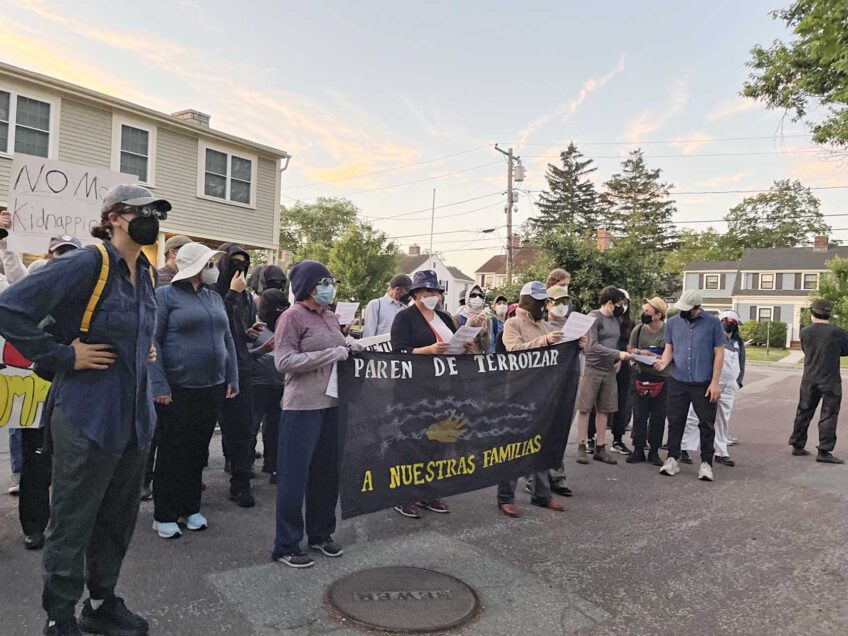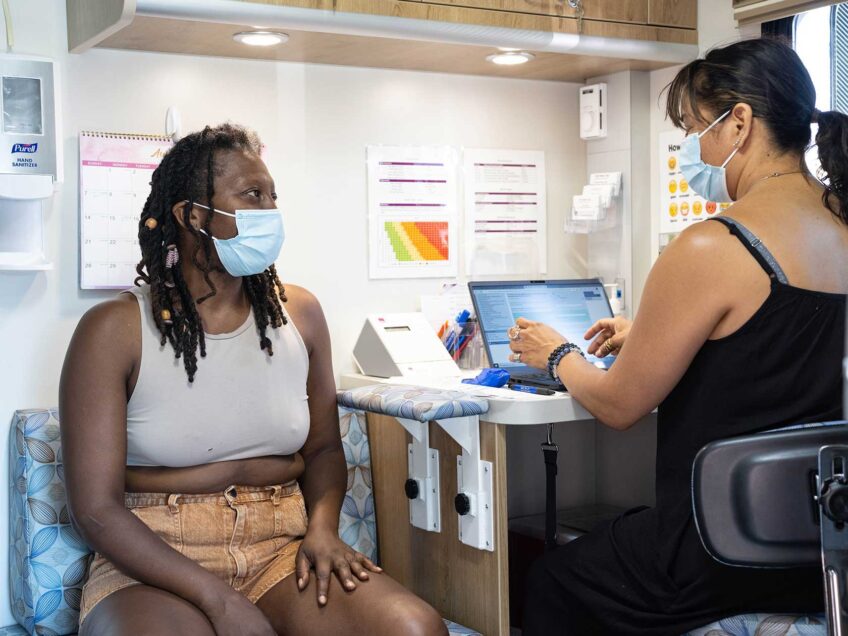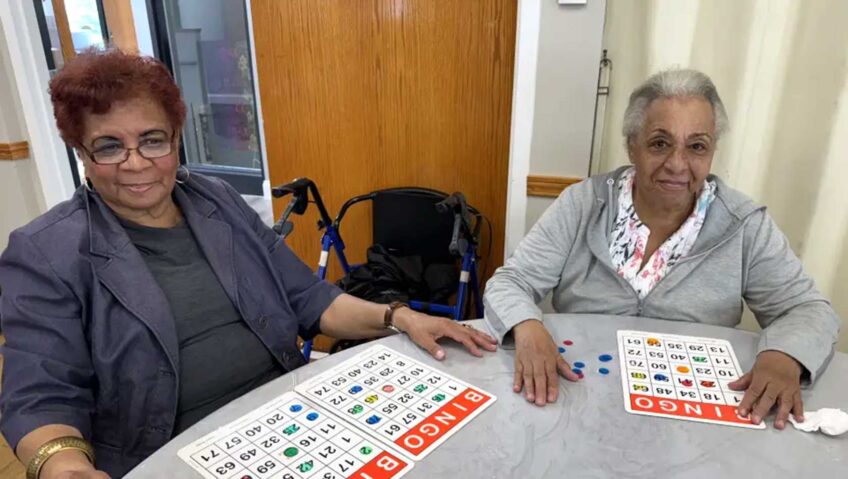|
Mass. committee to discuss bills on dropout age BOSTON – The Massachusetts Legislature is taking aim at the state’s high school dropout rate. Each year some 10,000 students quit school, a choice they can make on their own once the reach age 16. They also can quit as young as 14 if their local superintendent agrees for medical or employment reasons, or to perform non-wage work at home. A series of bills being discussed Tuesday by the Joint Committee on Education propose raising the dropout age to 18. Nineteen states already have that dropout age, and the committee’s House chairwoman agrees. Democratic Rep. Marty Walz (WALTZ’) says keeping kids in school those extra two years vastly increases their chances for success in life. Educators need to find ways to keep students interested through flexible schedules, vocational opportunities and fresh educational approaches. |
Bond rating agencies laud Mass. budget management BOSTON – Three major bond rating agencies are complimenting the fiscal stewardship of the Patrick administration. Fitch Ratings, Moody’s Investor Services and Standard and Poor’s all affirmed their credit ratings for Massachusetts this week. Moody’s credited “effective management during strained economic times.” Fitch’s report cited “a record of prudent financial management.” Standard and Poors highlighted “strong and conservative budget management practices.”’ Dwindling tax collections prompted four rounds of budget-cutting last year. And Gov. Deval Patrick recently announced the state would have to trim another $600 million in spending. Patrick is up for re-election next year, and one opponent Republican Charles Baker has repeatedly accused him of letting the state budget get away from him. |
Report: Student health plans inefficient BOSTON – A new report shows that the health insurance plans sold to almost 100,000 college students in Massachusetts result in higher profits for insurance companies than those available to the general public. The report by the Division of Health Care Finance and Policy shows that, on average, 30 cents of every premium dollar goes toward profits and administrative costs, compared with 12 cents for plans sold to the general public. The disparity is even greater for students at state schools, where 45 cents of every insurance dollar they pay goes to profit and administrative costs. The study was launched following complaints by students. Brian Rosman of Health Care for All, a consumer group, says the state should reign in “outrageous” profits and administrative costs. (Associated Press) |
Close
Current temperature in Boston - 62 °

BECOME A MEMBER
Get access to a personalized news feed, our newsletter and exclusive discounts on everything from shows to local restaurants, All for free.
CLASSIFIEDS
POST AN AD





